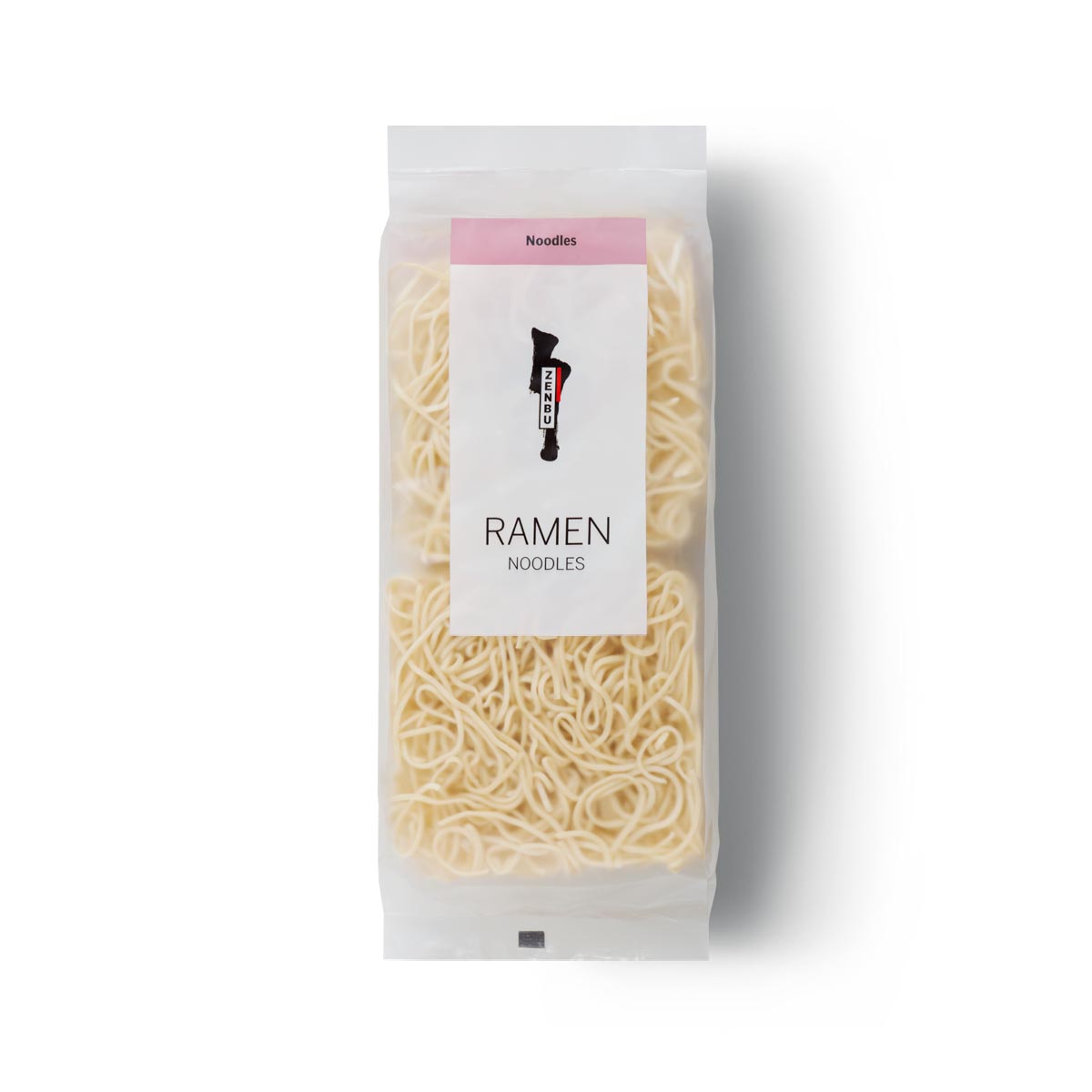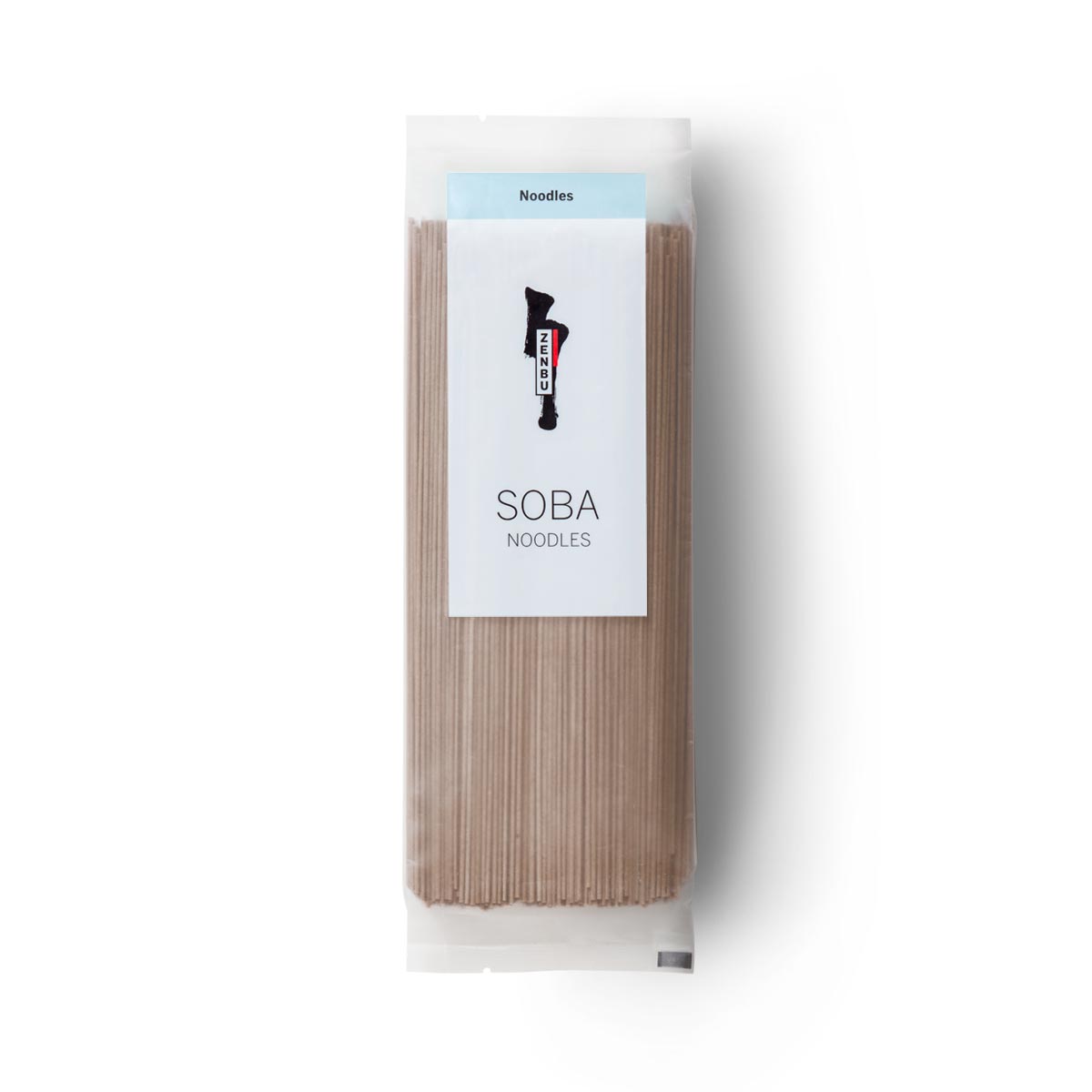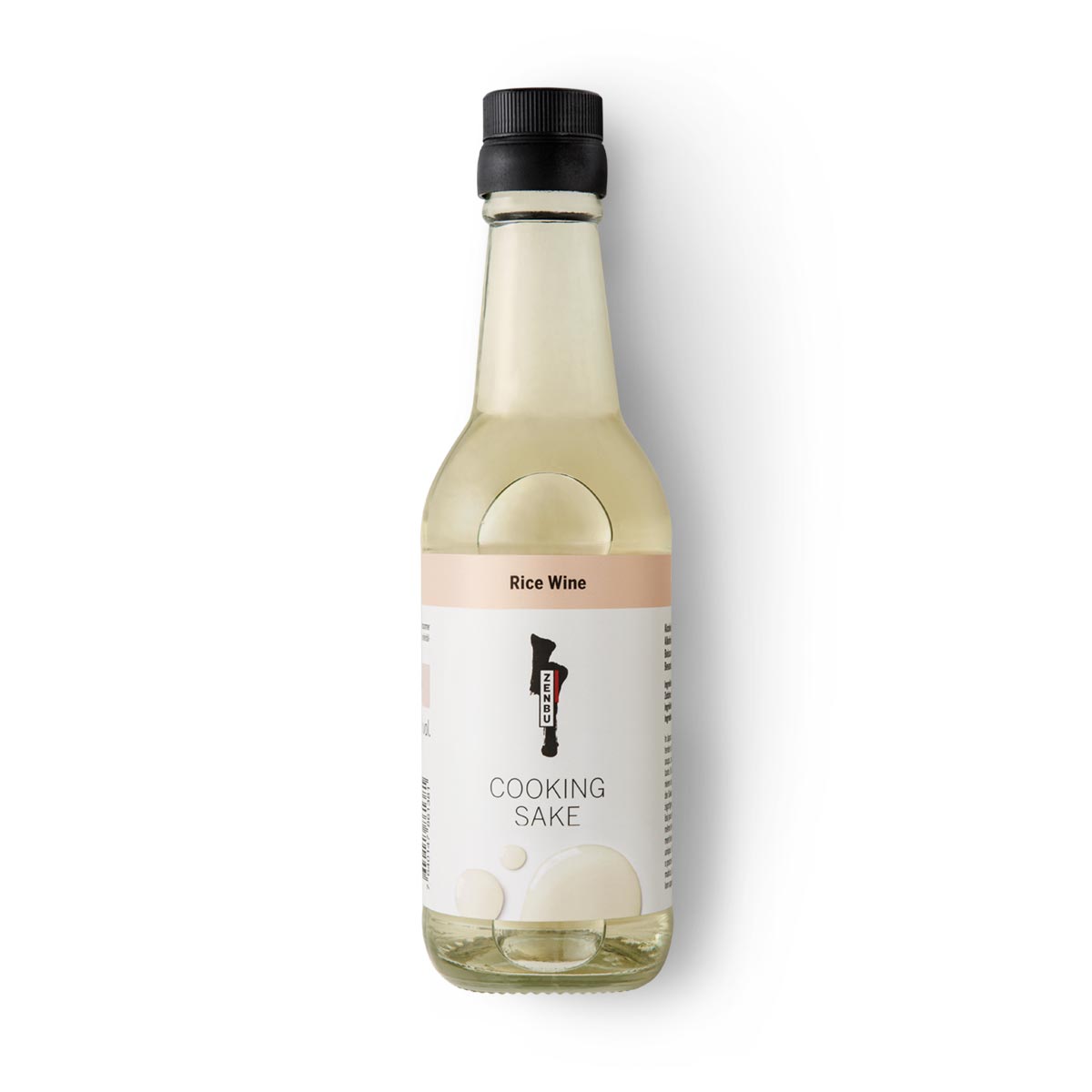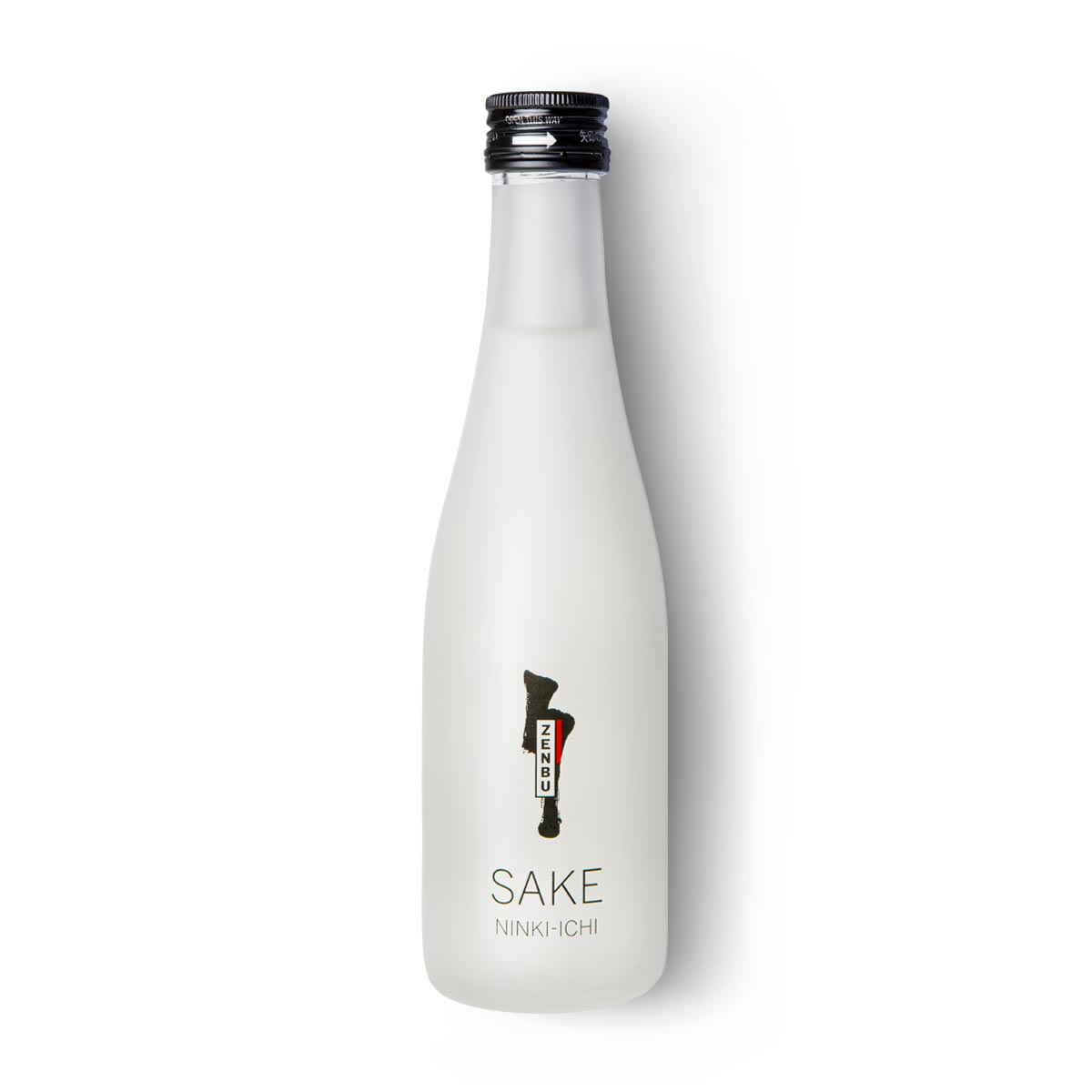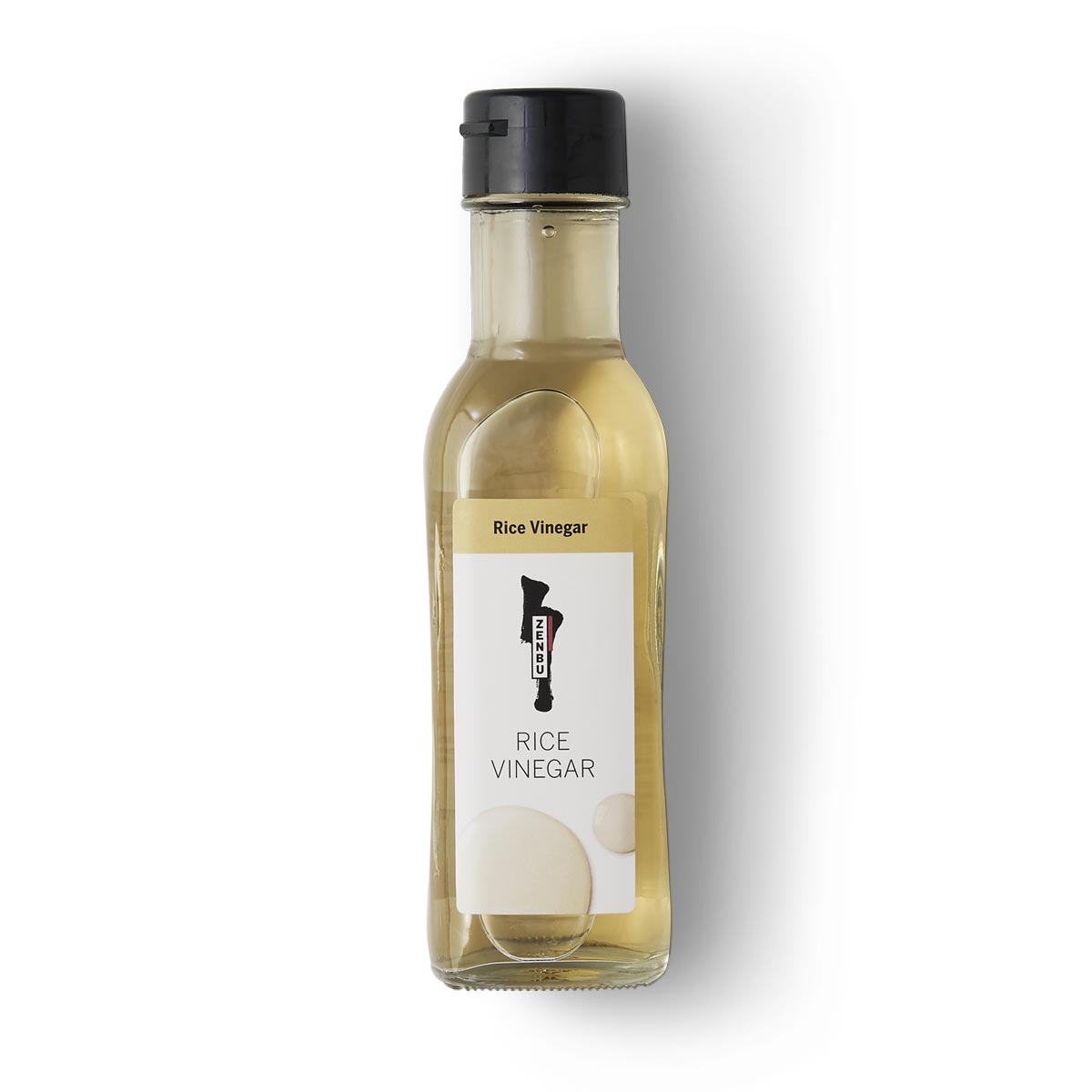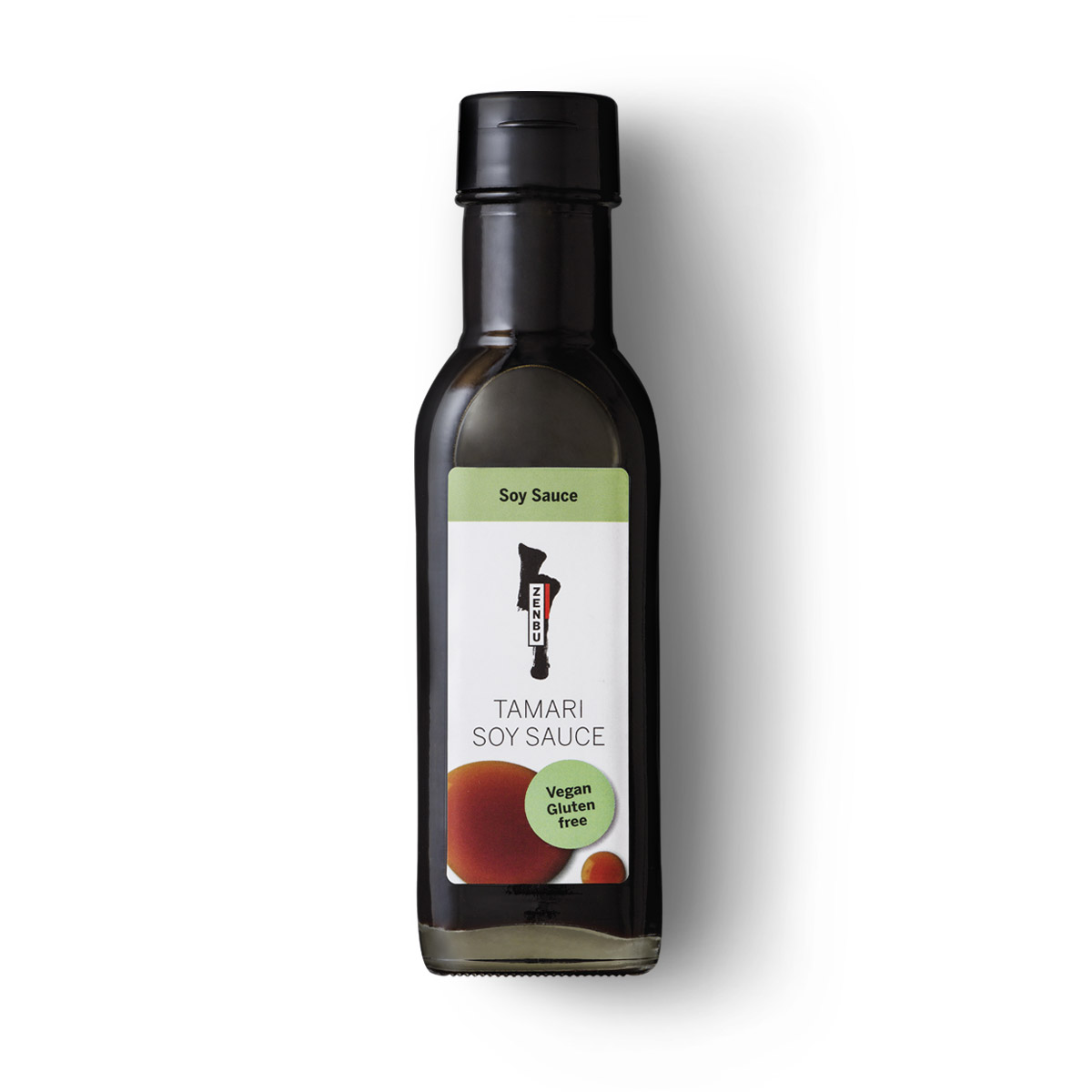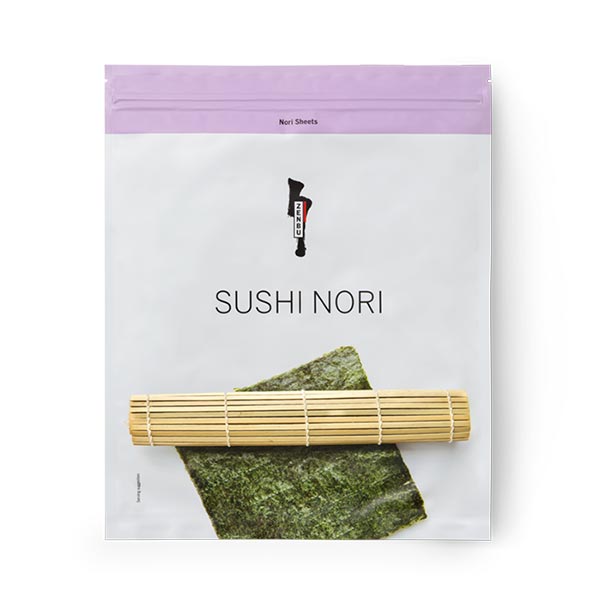Panko Breadcrumbs It is panko that makes a “tonkatsu”—the classic cutlet from Japan—so fluffy and crispy. Panko is the Asian equivalent of breadcrumbs. It is made from white bread without its rind. This makes the breadcrumbs airy and aromatic. Zenbu Panko Breadcrumbs can be used in Asian cuisine, but also in European cuisine. Experimenting is… Continue reading Panko Breadcrumbs
Panko Breadcrumbs



